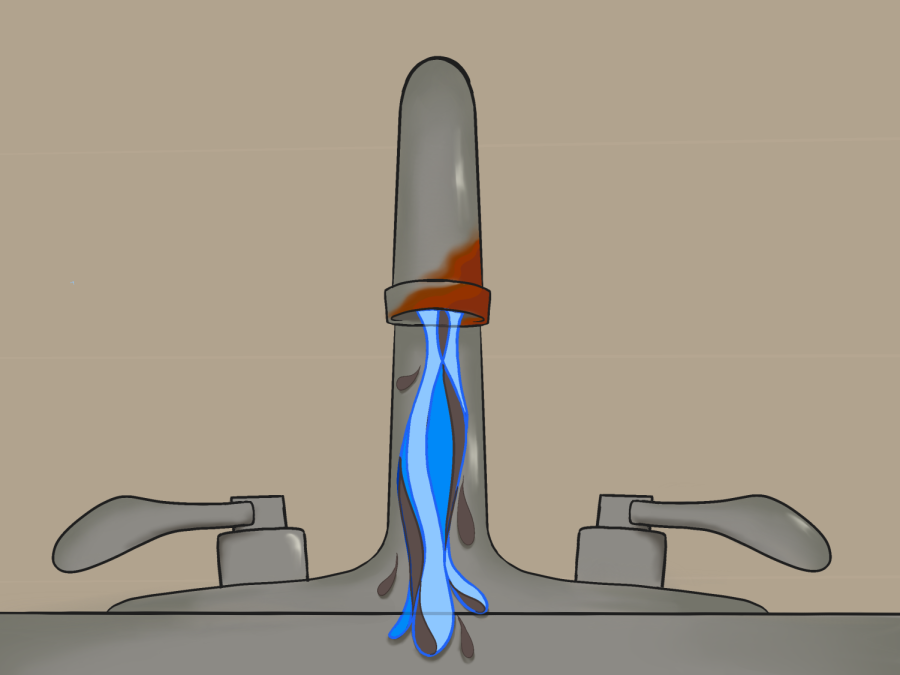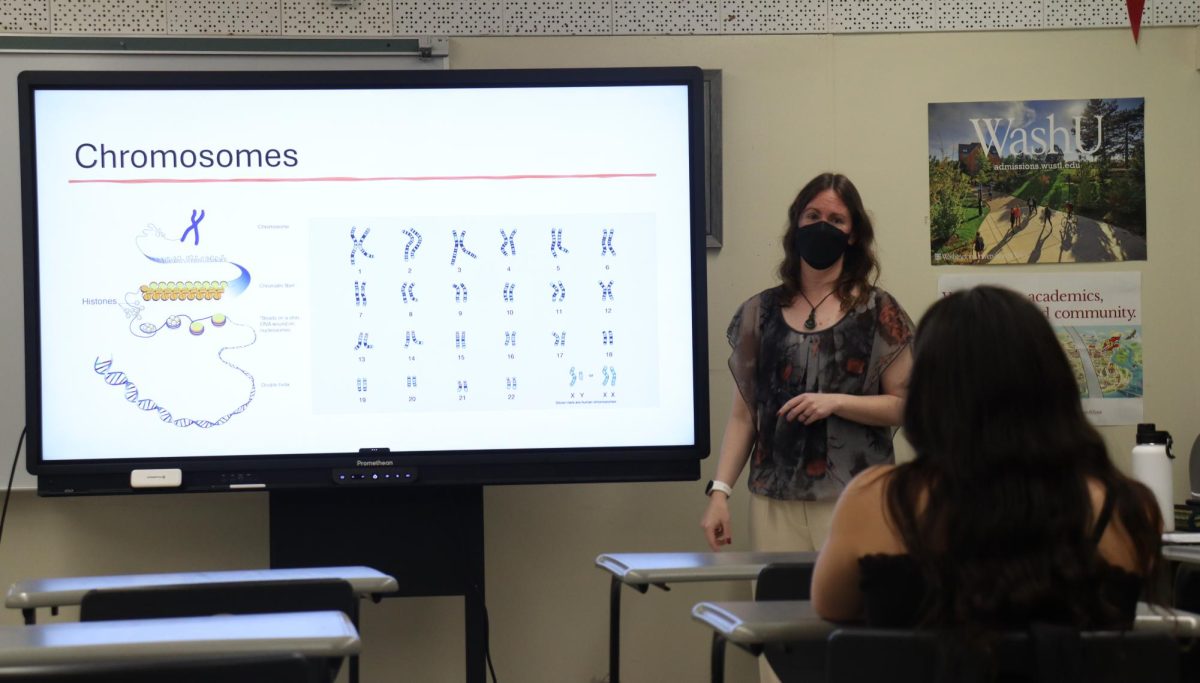Editorial: District jeopardizes student health through lead water response
Illustration by Gabrielle Lashley
Parents and students were notified on March 7 that lead levels of at least 15 parts per billion (ppb) were found in six of Daniel Pearl Magnet High School’s (DPMHS) water fountains.
March 20, 2023
A letter from the Los Angeles Unified School District (LAUSD) Office of Environmental Health and Safety, which was distributed to students on March 7, stated that lead levels of at least 15 parts per billion (ppb) were found in six of Daniel Pearl Magnet High School’s (DPMHS) water fountains. Fifteen ppb is the action level at which lead is extremely unsafe to drink. Although the fountains were shut down in January, a public notice wasn’t released until March. This delayed response to such an urgent issue demonstrates the administration’s negligence to student health.
These fountains exceeded the California Assembly Bill No. 746 action level of 15 ppb, which is why they shut down in late January. Not only was DPMHS subjected to unsafe drinking water, at least 240 other LAUSD schools have tested for lead water levels higher than the state standard. Even though the levels of DPMHS water fountains ranged as high as 65.3 ppb, LAUSD didn’t take the immediate action that they should’ve to maximize student safety by sending out letters earlier.
Copies of the letter were passed out to students more than a week after it was written on Feb. 27 and more than a month after the fountains were tested on Jan. 20. Although it’s good that the contaminated fountains were shut off soon after the tests, there was no explanation as to why the school community wasn’t informed until March. The poor timing of these actions show that the district is not doing enough to protect its students.
Lead is a metal that is toxic to the human body if exposed to it in any way. If it builds up in the body over time, lead poisoning can occur. Children are the most vulnerable to this as their bodies are still developing, with the nervous system being most targeted. Some of the effects of lead poisoning in children include severe damage to the brain, slowed growth and behavioral problems. Without taking action to ensure our drinking water is safe, the health of thousands of students is being put at risk by LAUSD.
Lead poisoning can also cause learning disabilities such as the inability to pay attention and use cognitive thinking. This can lead to lower IQ and underperformance in school. It’s important to consider that the longer kids are exposed to lead, the longer the effects will last on their body. More importantly, younger children that are exposed to lead will grow up with certain neurological disorders such as ADHD, which will affect their ability to learn in the future.
A leading cause of this situation is the district’s failure to conduct routine water tests that would’ve effectively prevented a lead build-up. Tests need to be done more frequently to maintain consistent and accurate records of the water if the plumbing fixtures are unable to be replaced entirely. LAUSD needs to make more of an effort to build trust with students and family by communicating more effectively.
As said in the letter, the district’s new goal is to reach below 5 ppb lead levels in drinking fountains, which is the standard for bottled water. However, considering that there is no “safe” lead level according to Centers for Disease Control and Prevention (CDC), the goal should be no lead at all. This is the only way to effectively prevent lead exposure to students and guarantee their safety. While high lead levels can be fatal, even just low levels can cause a range of functionality problems.
Since CDC says lead poisoning symptoms are impossible to detect on the surface, each student should be provided with the option to get blood tested. Not only students at DPMHS but at every other LAUSD school that has extreme levels of lead in its water, especially elementary and middle schools where the children are still very young.
As students, all of our bodies are still in development, which means we are all at high risk. Precautions like lead blood testing should be taken to ensure that student health is not being jeopardized as much as it already is. We shouldn’t have to worry or even think about what toxins are in the school’s drinking water, let alone in our own bodies.








